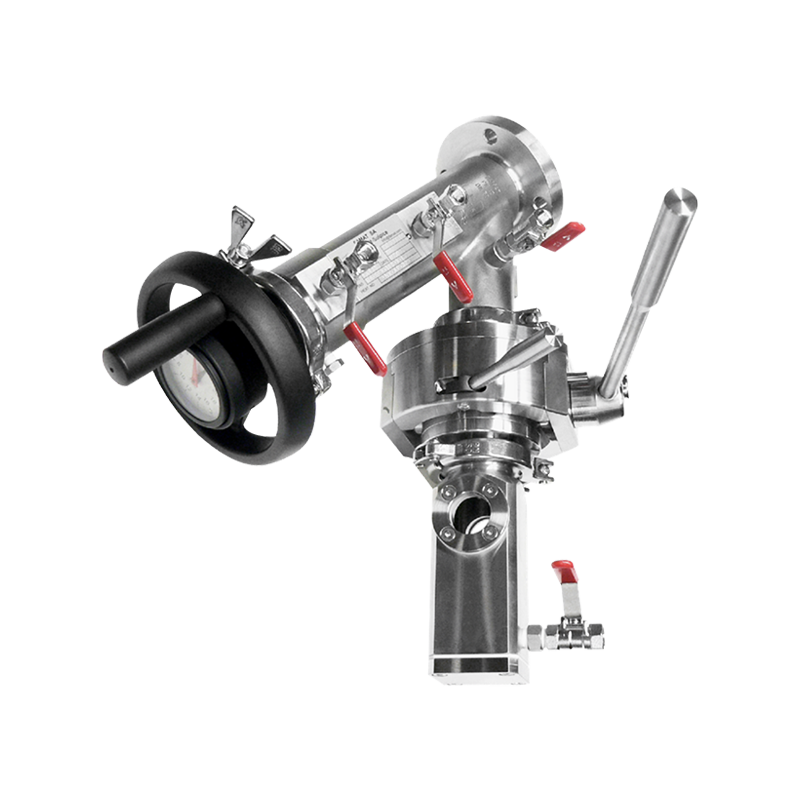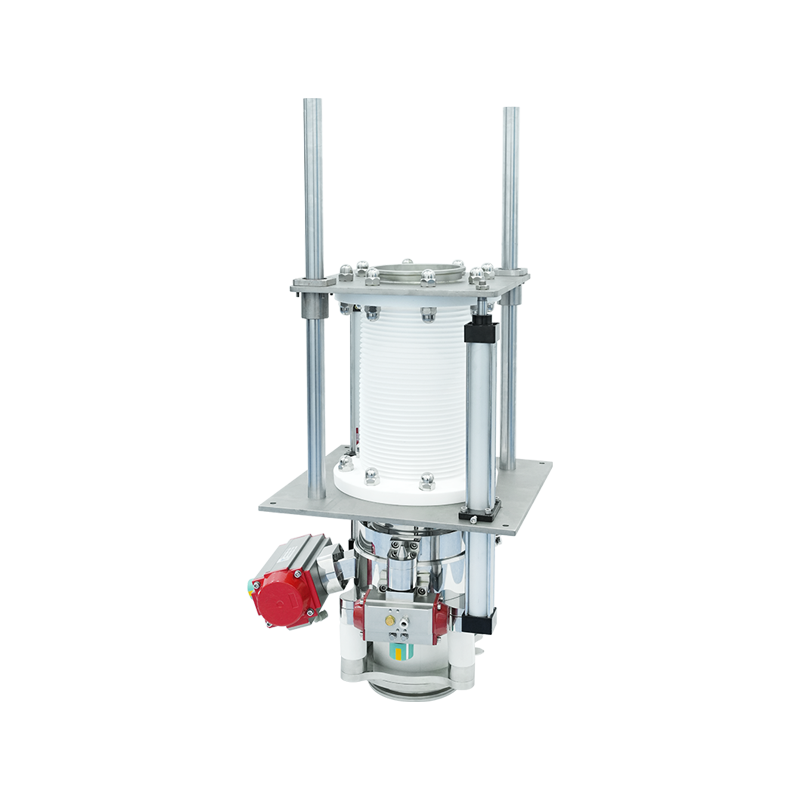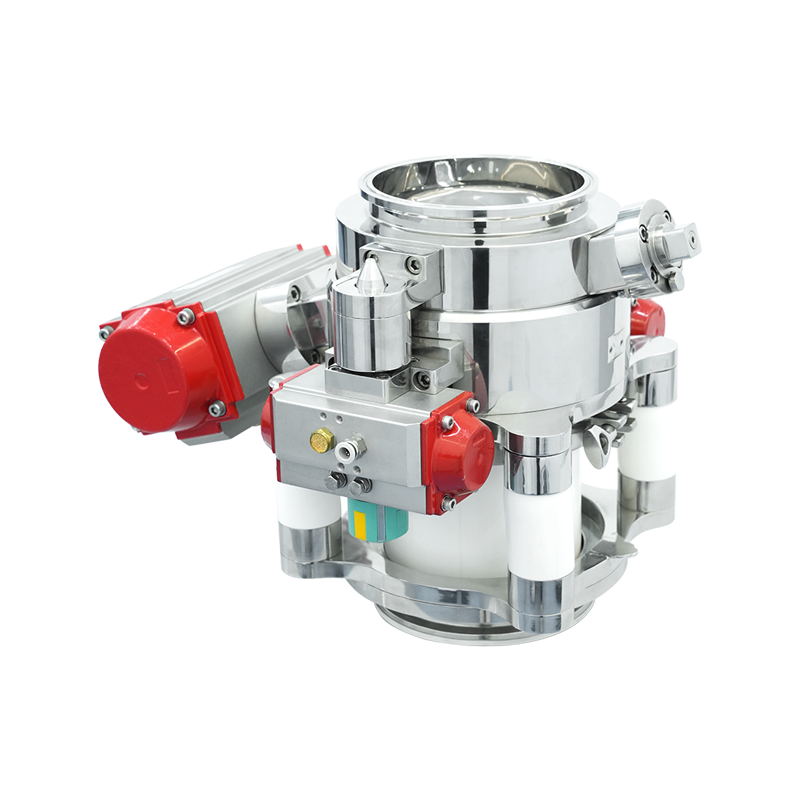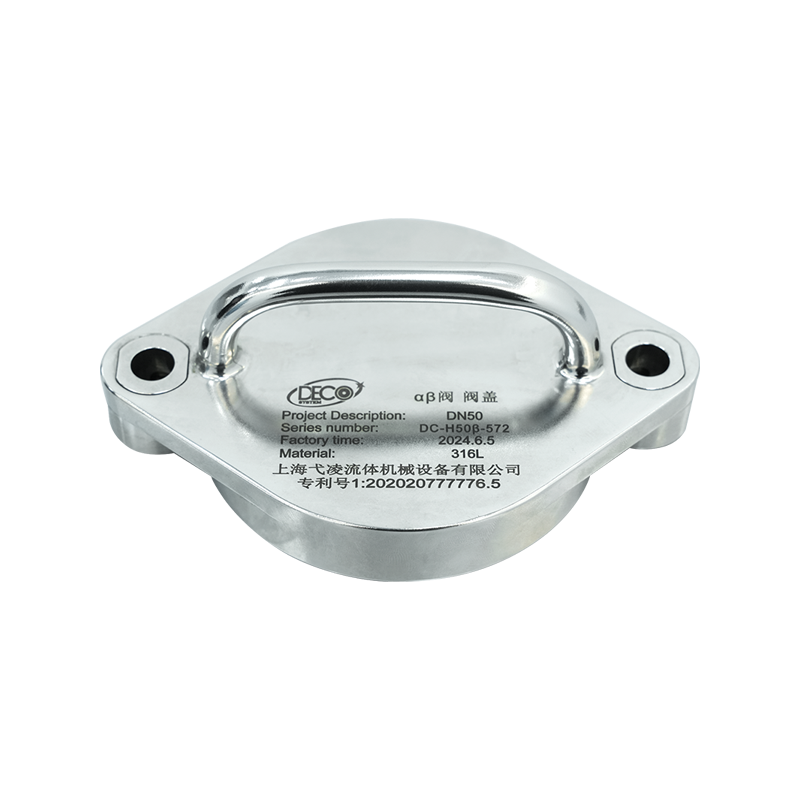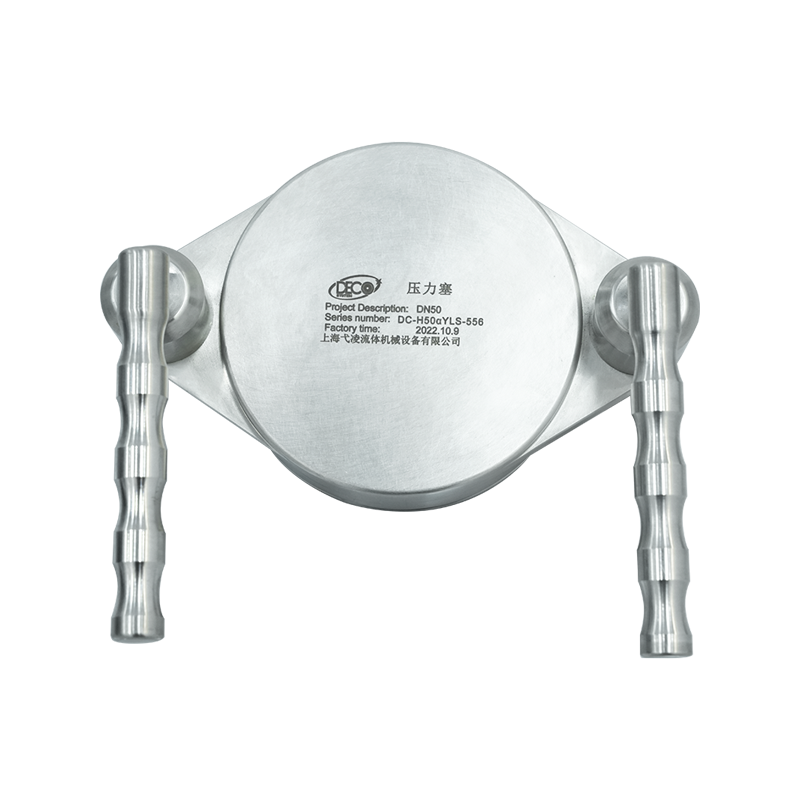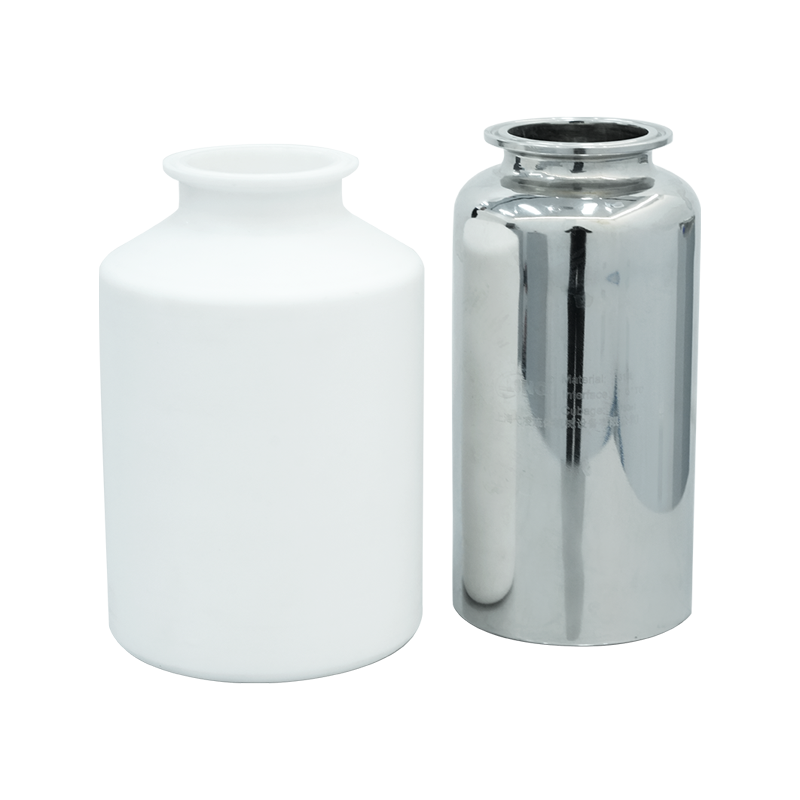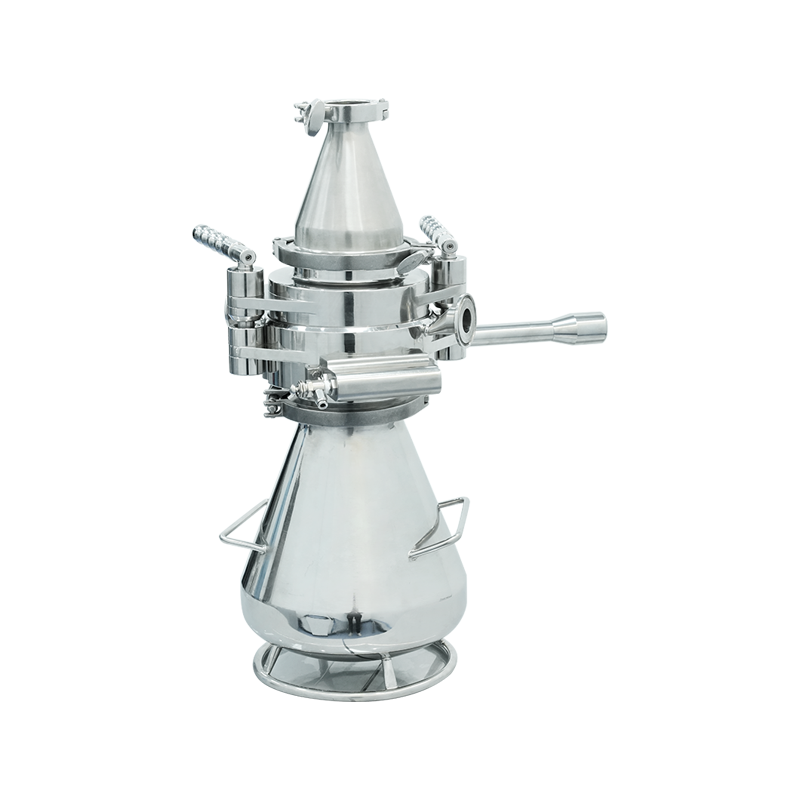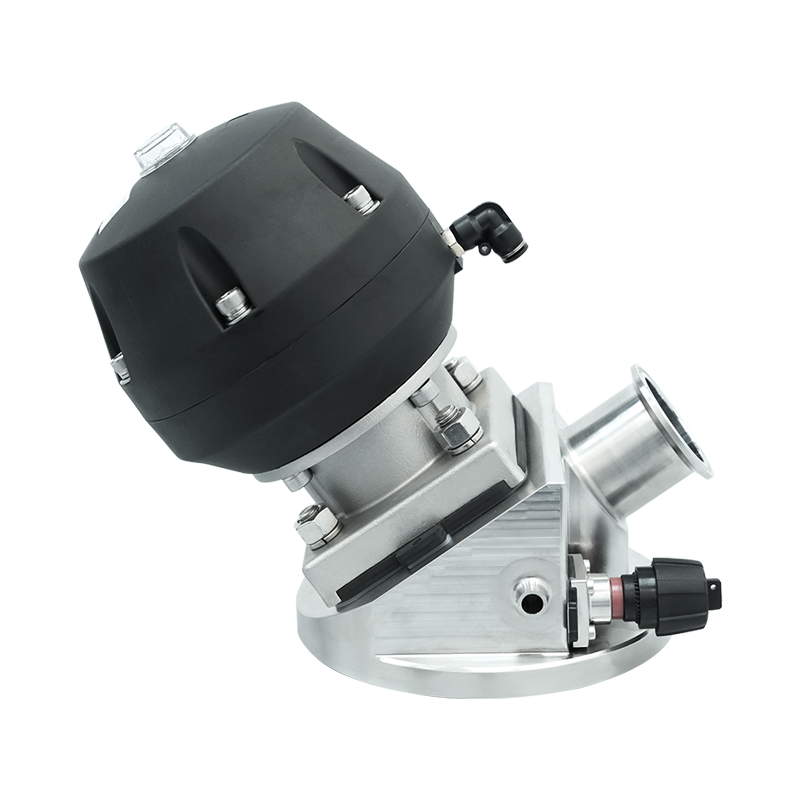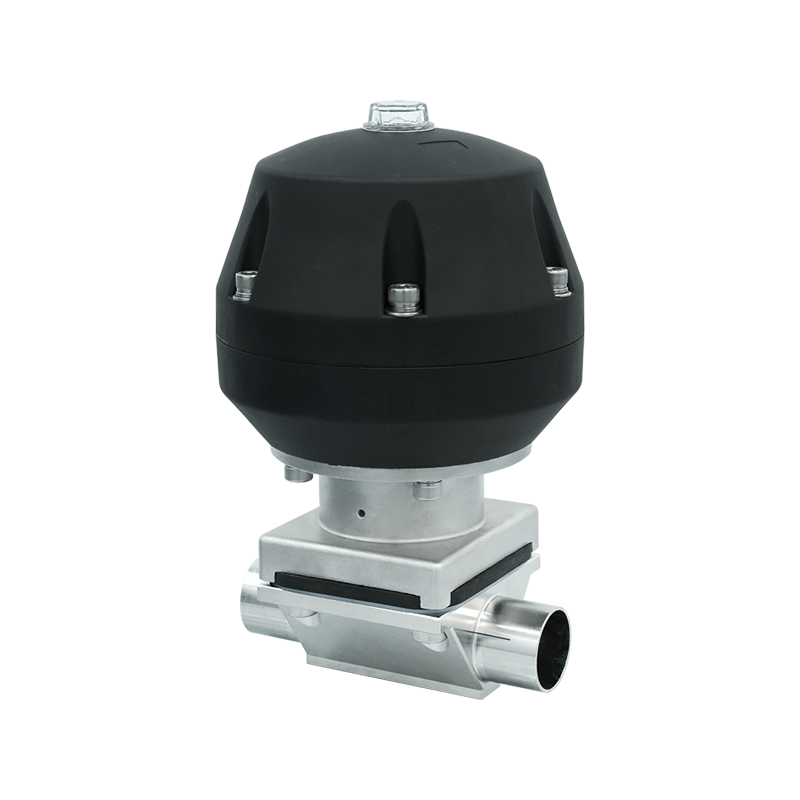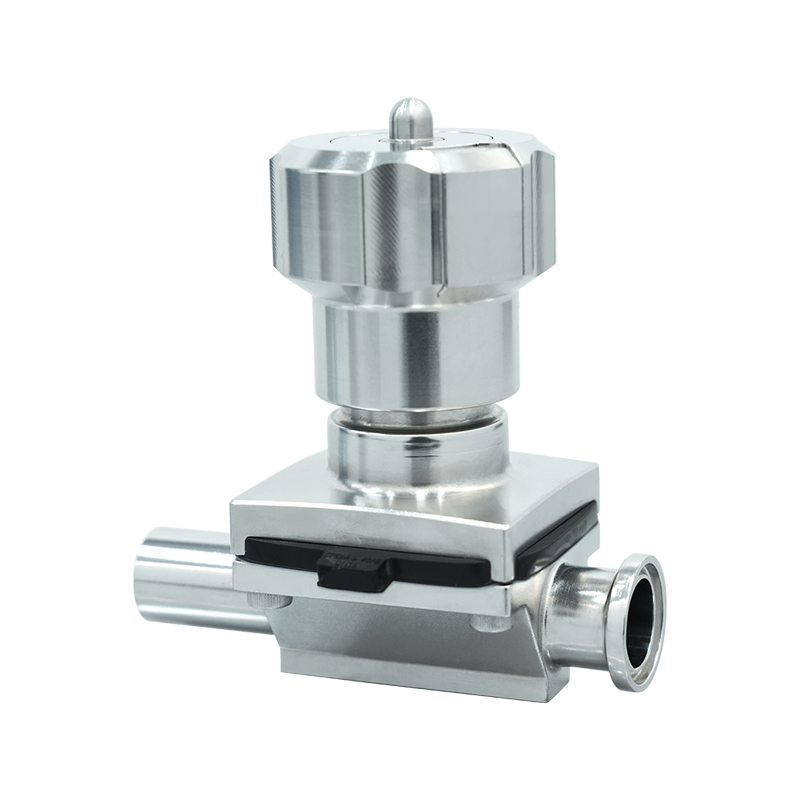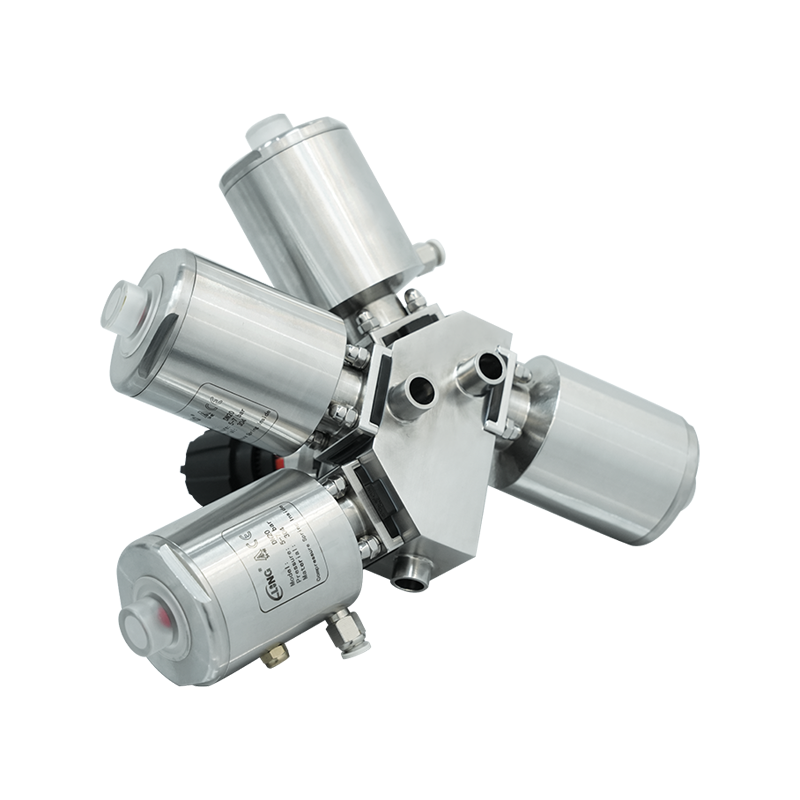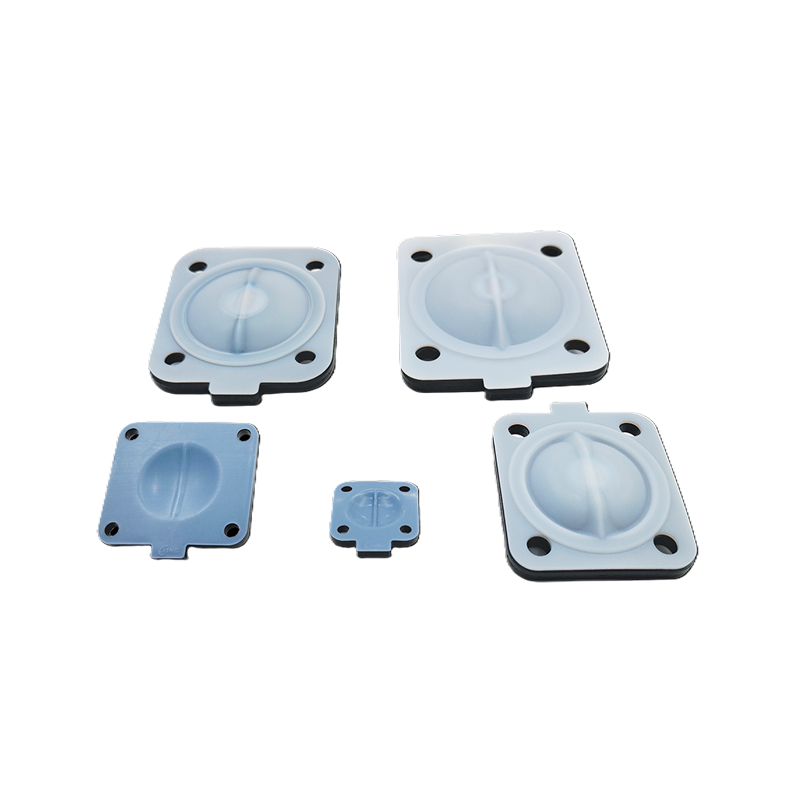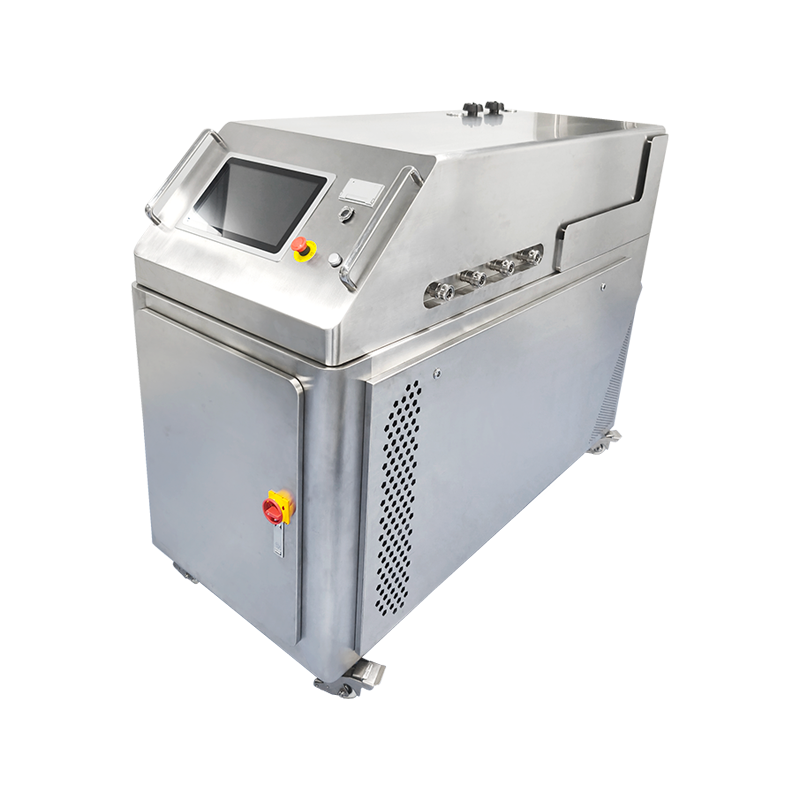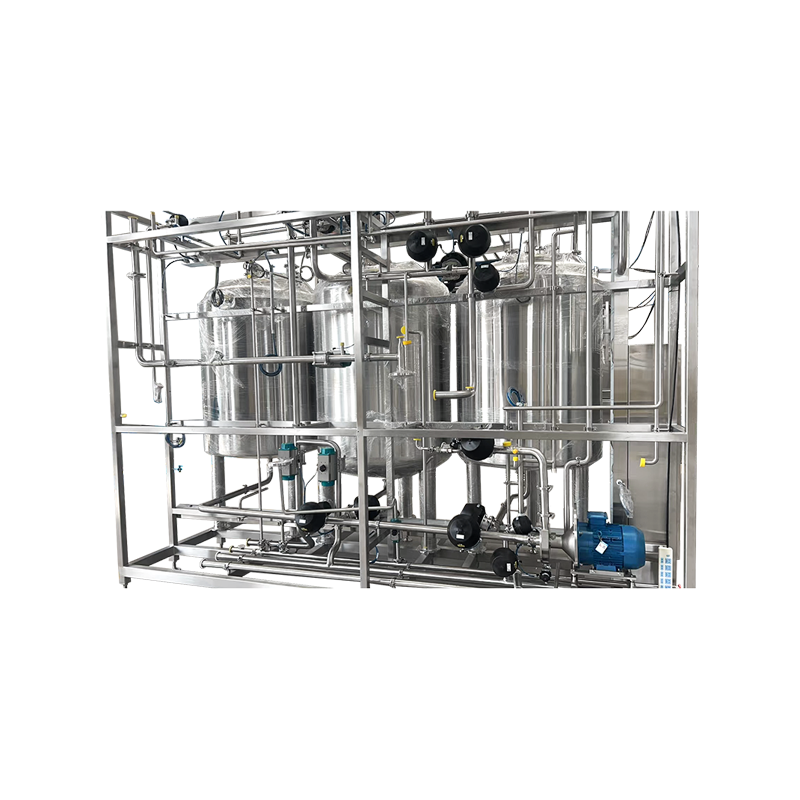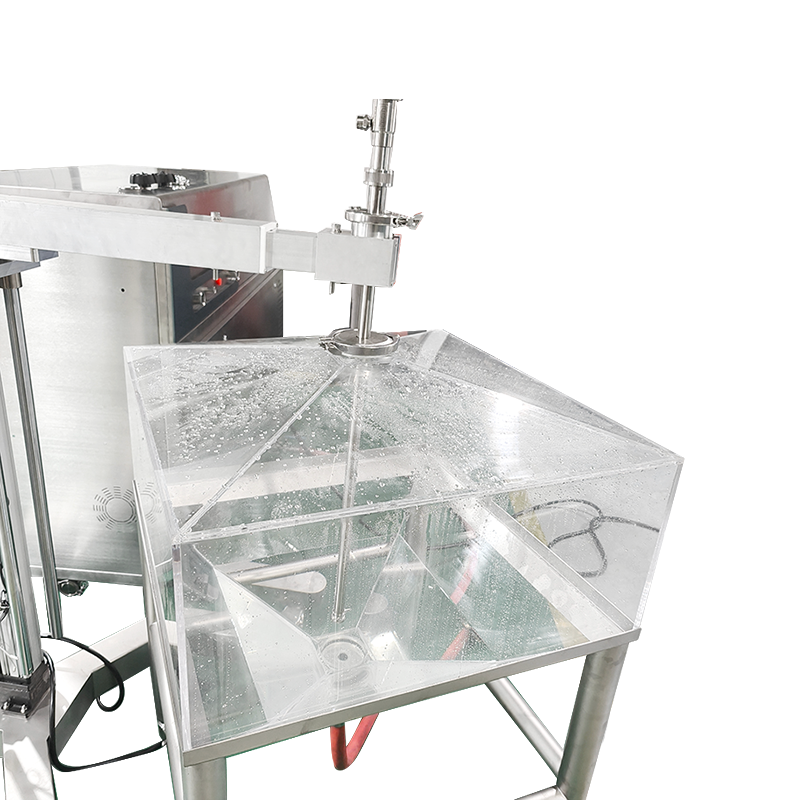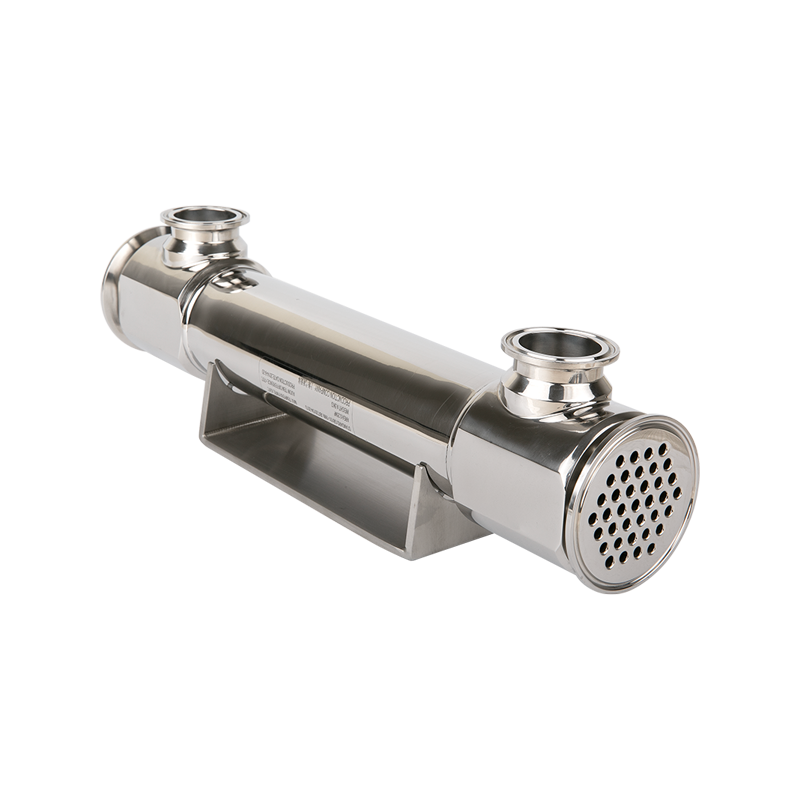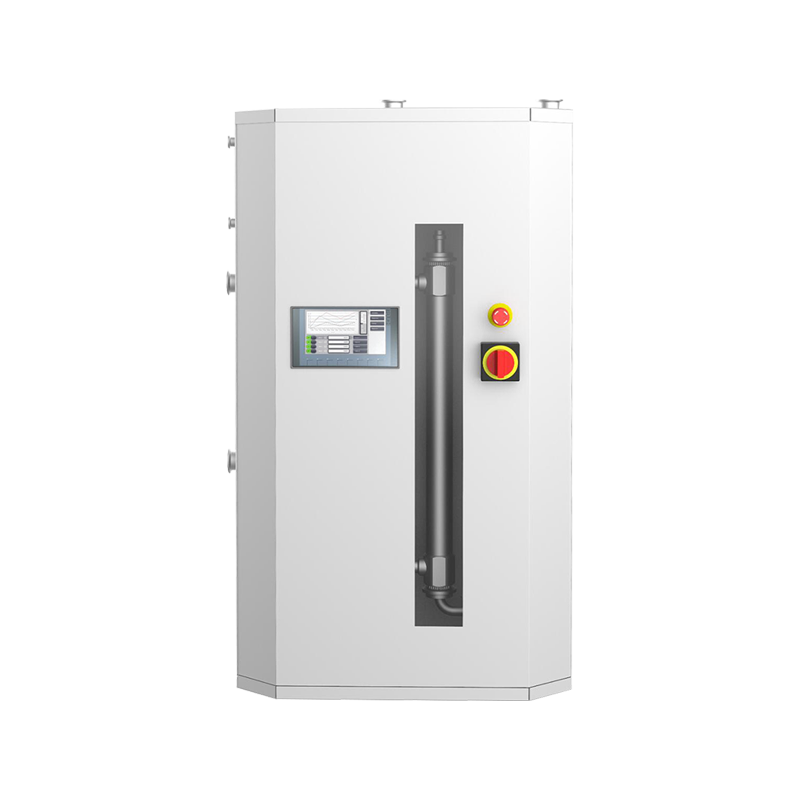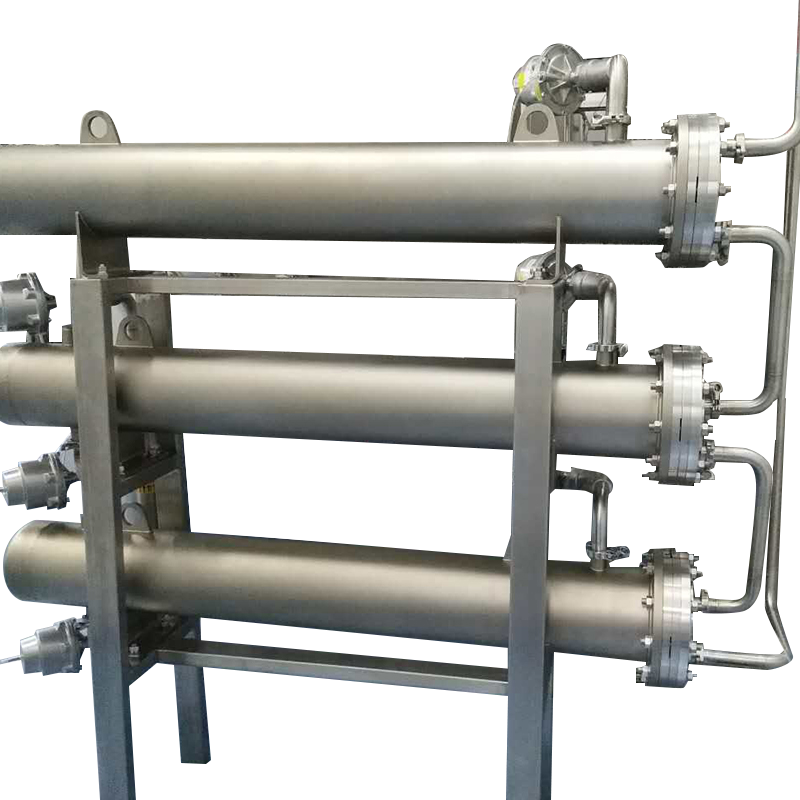In the pharmaceutical industry, maintaining strict hygiene, product integrity, and precise control of process conditions is not just a goal—it’s a regulatory and operational necessity. Among the many types of valves used in fluid handling systems, one stands out for its critical role in aseptic and sanitary processing: the diaphragm valve.
But what makes diaphragm valves so important in pharmaceutical manufacturing? Why are they favored over other valve types like ball, gate, or globe valves? This comprehensive article explores the working principle of diaphragm valves, their advantages, and their irreplaceable role in maintaining the highest standards of purity and compliance in the pharmaceutical industry.
What Is a Diaphragm Valve?
A diaphragm valve is a type of valve that uses a flexible diaphragm to control the flow of liquid, gas, or steam through a pipeline. The diaphragm, typically made of elastomer or PTFE, acts as the closing element and is pressed down onto a weir (or seat) by an actuator to block the flow. When the diaphragm lifts, fluid is allowed to pass through.
Unlike traditional valves that rely on sliding or rotating metal parts, diaphragm valves separate the operating mechanism from the process media. This noncontaminating design is a major reason why diaphragm valves are favored in sterile or cleanprocess applications like pharmaceuticals.
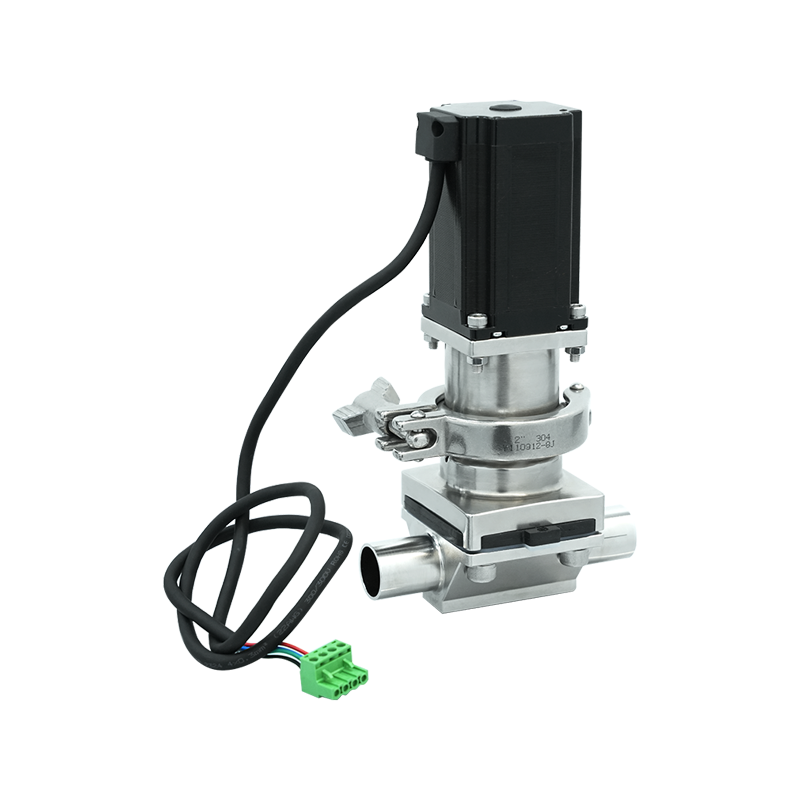
Key Features of Diaphragm Valves
Hermetic seal between fluid and actuator
Smooth internal surfaces with minimal dead space
Selfdraining design when installed correctly
Available in manual or automatic operation
CleaninPlace (CIP) and SteaminPlace (SIP) compatible
These features align perfectly with the strict hygiene and process requirements in pharmaceutical manufacturing.
Why Diaphragm Valves Are Used in the Pharmaceutical Industry
Let’s examine the specific reasons diaphragm valves are considered essential in this highly regulated and qualityfocused industry.
1. Unmatched Cleanliness and Sterility
Cleanliness is nonnegotiable in pharmaceutical production. Diaphragm valves offer zero contamination risk due to their unique design:
The flexible diaphragm acts as a physical barrier between the product and the mechanical parts of the valve.
This prevents lubricants, metal particles, or contaminants from the actuator or stem from entering the product stream.
Smooth internal surfaces and no pockets for residue reduce the chances of bacterial growth.
This makes diaphragm valves ideal for aseptic processing, sterile water systems, and formulation suites where crosscontamination must be avoided.
2. Compliance with Regulatory Standards
Pharmaceutical manufacturers must comply with stringent regulatory frameworks such as:
FDA (U.S. Food and Drug Administration)
GMP (Good Manufacturing Practices)
USP Class VI (material biocompatibility)
EHEDG and ASME BPE (BioProcessing Equipment standards)
Diaphragm valves are designed and validated to meet these standards. For example:
The materials used (such as PTFE or EPDM) are FDAapproved and USP Class VIcertified.
The valves are manufactured with traceability of materials and documentation for validation.
By using diaphragm valves, pharmaceutical companies can confidently demonstrate compliance during audits and inspections, thereby avoiding costly shutdowns or product recalls.
3. Minimal Dead Leg and Easy Drainability
Dead legs or stagnant areas in a pipeline system are breeding grounds for microbial growth. Diaphragm valves are engineered to minimize internal dead space:
Their internal contours are smooth and continuous.
When properly installed (usually in a sloped position), they allow complete drainage of process fluids.
This geometry supports CleaninPlace (CIP) and SteaminPlace (SIP) procedures, which are essential in pharmaceutical manufacturing for:
Avoiding disassembly during cleaning
Reducing downtime between production batches
Ensuring sterility between different product runs
4. Versatility for a Wide Range of Fluids
Pharmaceutical production involves handling a diverse range of fluids, including:
Sterile water (WFI)
Active pharmaceutical ingredients (API)
Solvents and acids
Buffers and fermentation broths
Diaphragm valves are highly compatible with these fluids due to:
Chemically resistant materials (e.g., PTFE or PFA linings)
Multiple diaphragm material options for different temperature, pressure, and pH ranges
Capability to handle both clean and abrasive media
This makes them suitable for both upstream (fermentation, bioreactors) and downstream (filtration, formulation) processes.
5. Compact Design and Easy Maintenance
In cleanroom environments where space is at a premium, diaphragm valves offer:
A compact and simple design with fewer moving parts
Toolfree diaphragm replacement, minimizing maintenance downtime
Modular construction that allows easy integration with automation systems
Because they are easy to clean, maintain, and validate, diaphragm valves reduce operational complexity and improve productivity.
6. Automation and Control Integration
Modern pharmaceutical plants require precise process control. Diaphragm valves are available with:
Pneumatic or electric actuators
Positioners and limit switches
Sensors for valve status monitoring
These features enable integration into automated process control systems, allowing realtime monitoring of flow, pressure, and valve position. This helps ensure product quality, reduce human error, and facilitate 21 CFR Part 11 compliance in data logging and electronic records.
7. LongTerm Cost Efficiency
Although diaphragm valves may have a higher upfront cost compared to other valve types, they offer longterm value by:
Reducing the risk of product loss due to contamination
Minimizing downtime for maintenance or cleaning
Extending the lifespan of equipment in aggressive environments
In a highly regulated industry where a single contamination event can cost millions, diaphragm valves are a sound investment.
Typical Applications in Pharma Plants
Diaphragm valves are widely used in:
Purified water (PW) and waterforinjection (WFI) distribution loops
Sterile filling systems
Fermentation and cell culture
Bioreactors
Chromatography and filtration skids
Cleaning and sterilization systems
Buffer preparation and transfer
In each of these systems, the need for sterility, cleanability, and process integrity is nonnegotiable—making diaphragm valves the goto choice.
Conclusion
So, why is a diaphragm valve used in the pharmaceutical industry? The answer lies in its unique ability to combine hygienic design, regulatory compliance, sterile performance, and ease of integration—qualities that are essential in an industry where patient safety, product purity, and process reliability are paramount.
From cleanroom bioreactors to sterile filling lines, diaphragm valves help pharmaceutical companies achieve their goals of producing safe, effective, and compliant medicines. Their thoughtful design and engineering make them more than just a valve—they are a key pillar in the architecture of modern pharmaceutical production.
In short, diaphragm valves are not just useful—they are indispensable to the pharmaceutical industry.






